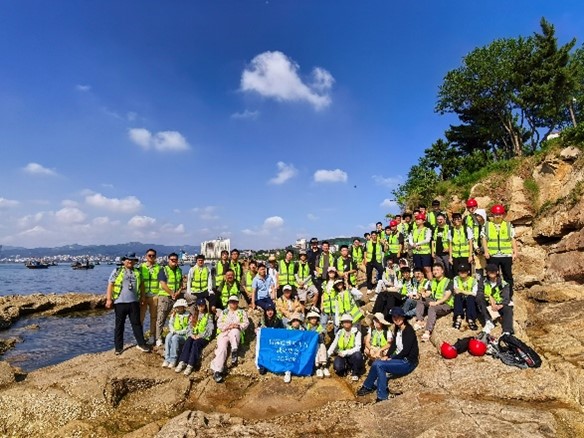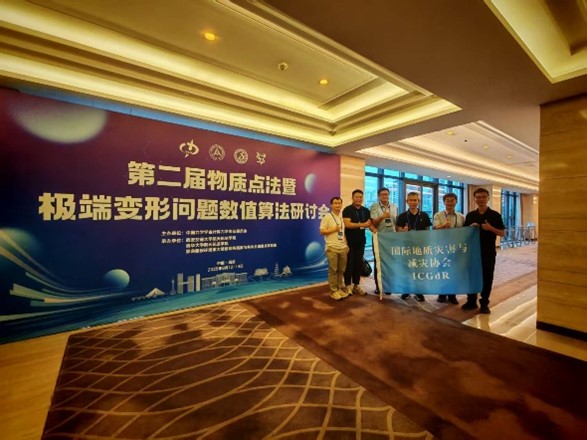
Aims and Perspectives
The committee’s purpose is to foster international co-operation in development of novel and efficient numerical methods for geo-disaster assessment. The main objectives of the committee are to enhance the theory and algorithm of the numerical methods, to improve their accuracy and efficiency and to develop user-friendly software. The main tasks of the committee are to exchange technical information and to promote collaboration between research, development, engineering and regulatory organisations; to review operating experience and the state of knowledge on selected topics of geo-hazard modelling and mitigation techniques; to disseminates widely the advances of the development of numerical methods and the examples of their applications; to initiate and conduct programmes to train beginners of numerical simulations and the new numerical methods.
Chair:
Youkou Dong, Dr. Prof., College of Marine Science and Technology, China University of Geosciences, China
Vice-Chair:
Xingyue Li, Dr. Prof., Tongji University
Lan Cui, Institute of Rock and Soil Mechanics, Chinese Academy of Sciences
Advisory Board:
Siming He, Institute of Mountain Hazards and Environment, Chinese Academy of Sciences
Dong Wang, Ocean University of China
Yu Huang, Tongji University
Michel Jaboyedoff, University of Lausanne
Jurgen Grabe, Hamburg University of Technology
Kenich Soga, The University of California, Berkeley
Tonglu Li, Chang’an University
Jidong Zhao, Hong Kong University of Science and Technology
Secretaries:
Wenjie Du, Institute of Rock and Soil Mechanics, Chinese Academy of Sciences
Wei Shen, Changan University
Xin Liu, China University of Geosciences
Committee Members:
Chun Liu, Nanjing University
Jingbin Zheng, Fugro GeoConsulting Inc.
Pan Hu, Western Sydney University
Wangcheng Zhang, Durham University
Francesca Ceccato, University of Padua
Gang Qiu, Mingyang Smart Energy Group, Hamburg
Chaojun Ouyang, Institute of Mountain Hazards and Environment, Chinese Academy of Sciences
Xiaoqin Lei, Institute of Mountain Hazards and Environment, Chinese Academy of Sciences
Lan Cui, Institute of Rock and Soil Mechanics, Chinese Academy of Sciences
Yanhao Zheng, Harbin Institute of Technology, Shenzhen
Xue Zhang, Liverpool University
Dianlei Feng, Tongji University
Xinyue Li, Tongji University
Zili Dai, Shanghai University
Jie Dou, China University of Geosciences
Dongfang Liang, Cambridge University
Recent activities

10-day field trip at Weihai, 2025

Conference at Xi’an, 2025